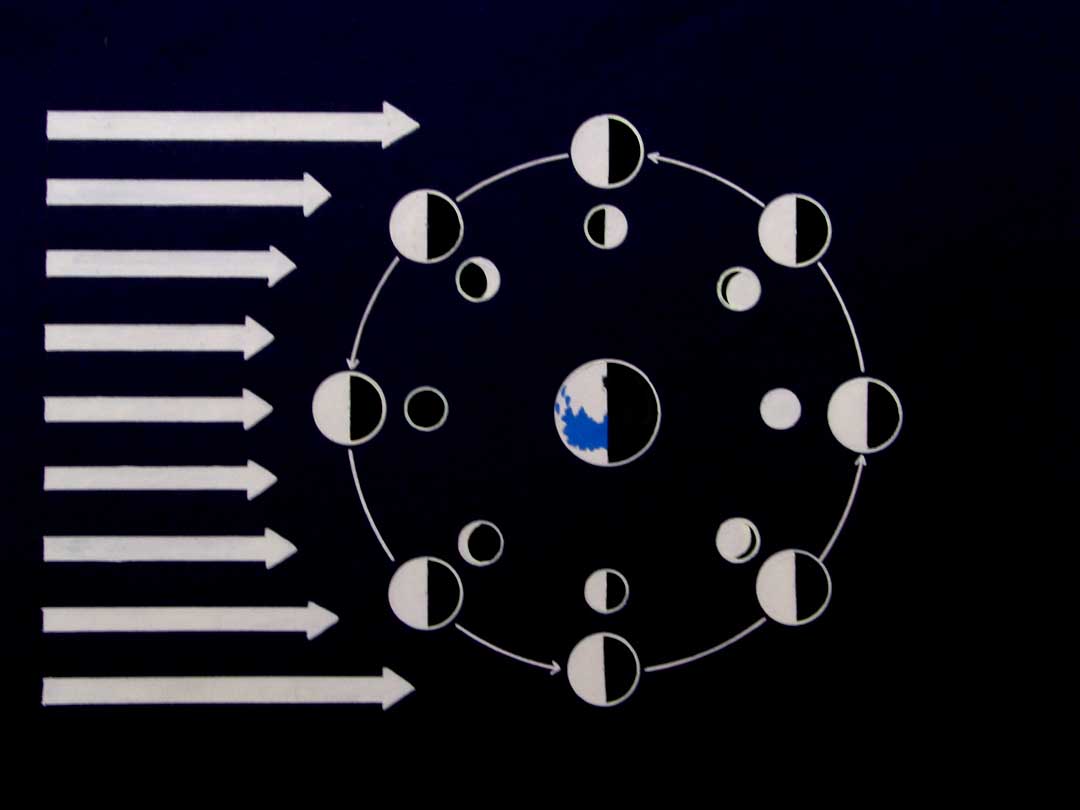
A little about eclipses
This writeup on our website started as an answer to a question raised in the yahoogroup http://groups.yahoo.com/groups/Astronomy_Activities_2009/
We have some interesting eclipses coming up, that can be seen from India. The August 2008 eclipse is a Total Solar Eclipse, but, only the partial phases can be seen from India.
The July 2009 eclipse is another Total Solar eclipse, and this time around, there is an East-West belt running through central India, which will be witnessing the totality.
A little southern tip of India will be witness to the annular solar eclipse of 2010, in all its intrigue :-)
Just a little perspective on the different kinds of eclipses :-
Eclipses are nothing but different geometries of hide and seek between the Sun, Moon, and the Earth. In a Solar eclipse, the Moon moves in front of the Sun, while the Moon is covered by the shadow of Earth, during a Lunar eclipse. So simple and yet, so many interesting variations are possible within these shadow games.
The whole mischief, of course, starts with the fact that neither Earth, nor the Moon, have light of their own, while the Sun is a luminous body. An aside here, looks at the motion of the moon around the Earth and the reason why it shows those interesting phases.
Arising from the relative position of the Moon, to the Earth and the Sun, in its orbit around the Earth, we see different phases of Moon. We see Moon go through the cycle of phases from New to half then full and from gibbous to new again, after every 29 1/2 days. When the Moon is in between Sun and Earth it is the New moon and when Earth happens to be in between the Sun and the Moon we see a Full Moon.
If this is the exact geometry for the phases, it looks as if every full moon should be a Lunar Eclipse and every New Moon a Solar Eclipse, isn't it? This is not the exact geometry, of course. The Sun, Moon and Earth are not moving around on a laminar sheet of paper, but, the orbits are three dimensional. The orbit of the Moon around the Earth is tilted by about 50 to the orbit of the Earth around the Sun.
On a New Moon day, yes, the Moon is in between the Earth and Sun but most of the time it is a little above or below the Earth-Sun line and the shadow of Moon can not fall on the surface of Earth, hence we do not see Solar eclipse on every New Moon. Same is true for the case of Lunar Eclipse - not every Full Moon is a Lunar eclipse.
Sometimes, during the New Moon, the Moon could also be at a point in its orbit that is in line with the Earth and the Sun, and there would be a solar eclipse. These points are called nodes and there are two of them. If the Moon is at a node during its Full phase, it would be a Lunar eclipse.
When the Moon happens to be on one such node on the day of New Moon shadow of Moon reaches the surface of Earth, and at that place on Earth we observe Total Solar eclipse.
Some times Moon is not exactly on a node but rather approaching it, in such cases only part of moon's shadow hits Earth surface and we enjoy only a partial eclipse.
Even when the New Moon is exactly at a node and there is a Total Solar Eclipse visible somewhere on Earth, - this is only a small region on the surface of the Earth. There will be other parts of the Earth, where the Moon is able to cover the Sun only partially and some other parts of the world where the Moon is away from the disk of the Sun and there is no eclipse visible from these locations.
And then again, the orbits of the Moon and the Earth are not perfectly circular but somewhat elliptical, so that, some times the Earth is a little closer to Sun or the Moon and some times it is relatively farther away, this increases and decreases the angular diameter of these two bodies respectively.
If on the day of a solar eclipse, the angular diameter of the Sun is larger than the angular diameter of the Moon, then instead of a total solar eclipse we will see the beautiful annular solar eclipse. In case of annular solar eclipse Moon's angular size falls a little short of Sun's Disk and it cannot cover the whole disk of Sun, so instead of total solar eclipse we see only the central part of Sun is covered by the Moon and around the eclipsed Sun we can still see the bright disk of Sun, hence Sun seams to have take a form of a golden ring.
If one observe shadow from any object carefully one will observe that it has two parts, one a dark central region which is surrounded by a fainter region. This fainter region is called Penumbral Shadow. So, if only penumbral shadow of Moon falls at some places of earth, at such places we see penumbral eclipses.
Watch out for more on these Celestial Shadows!